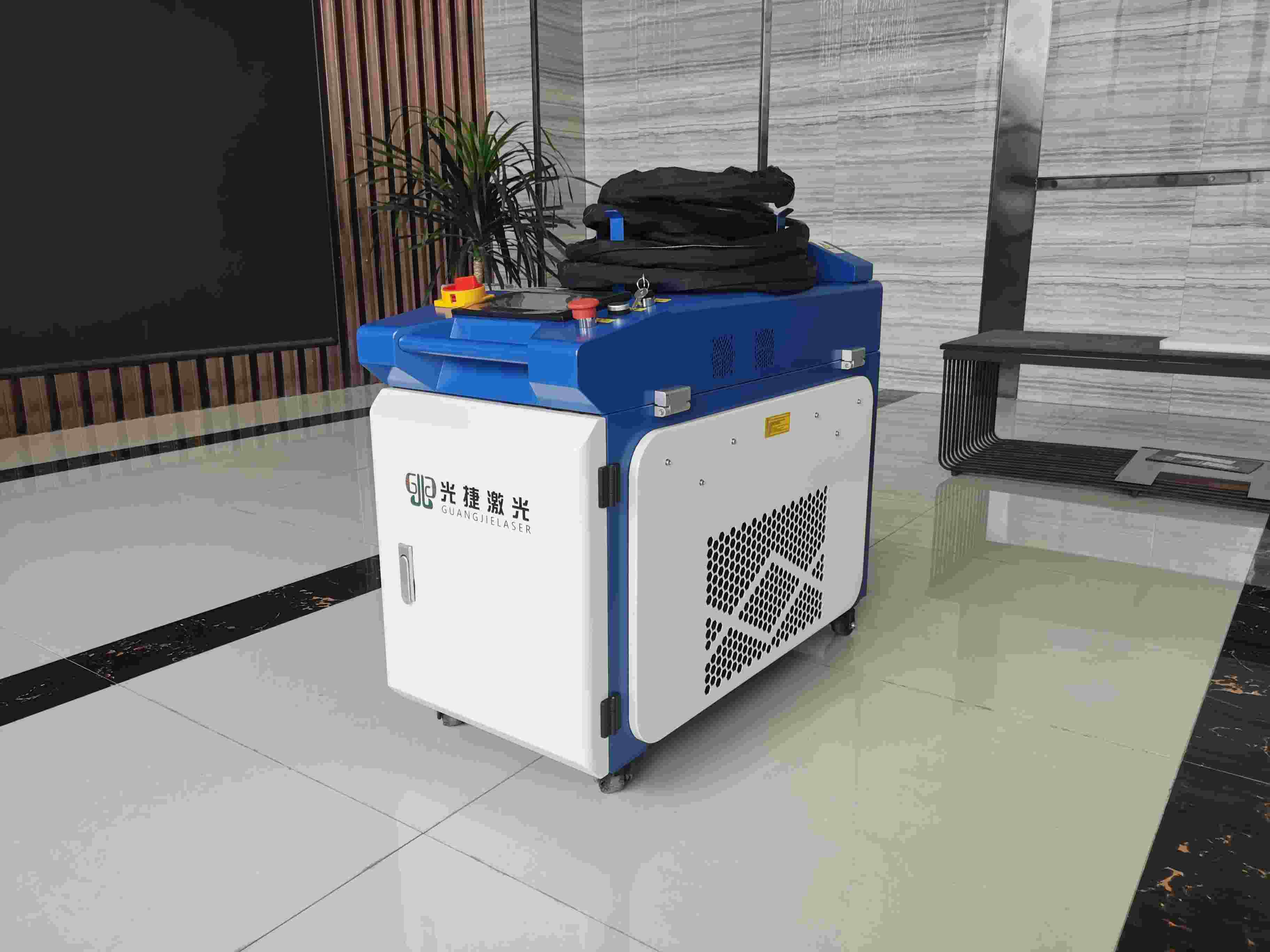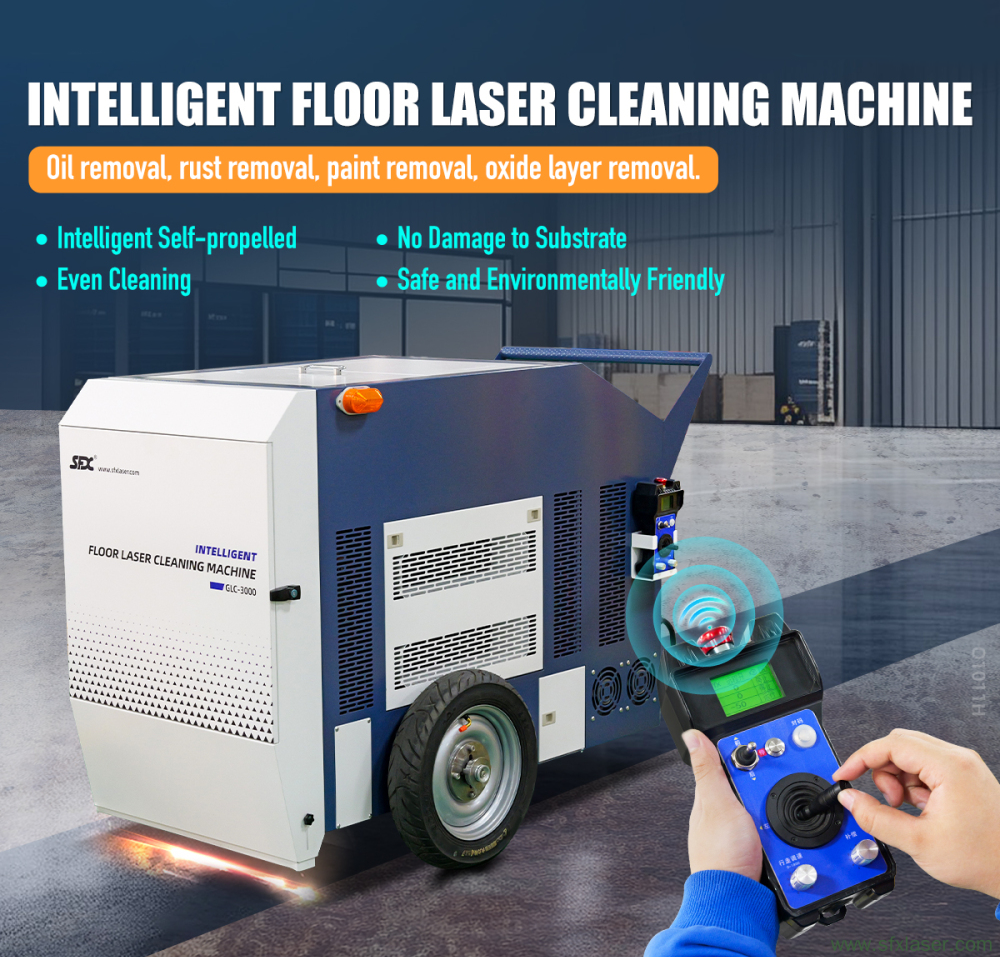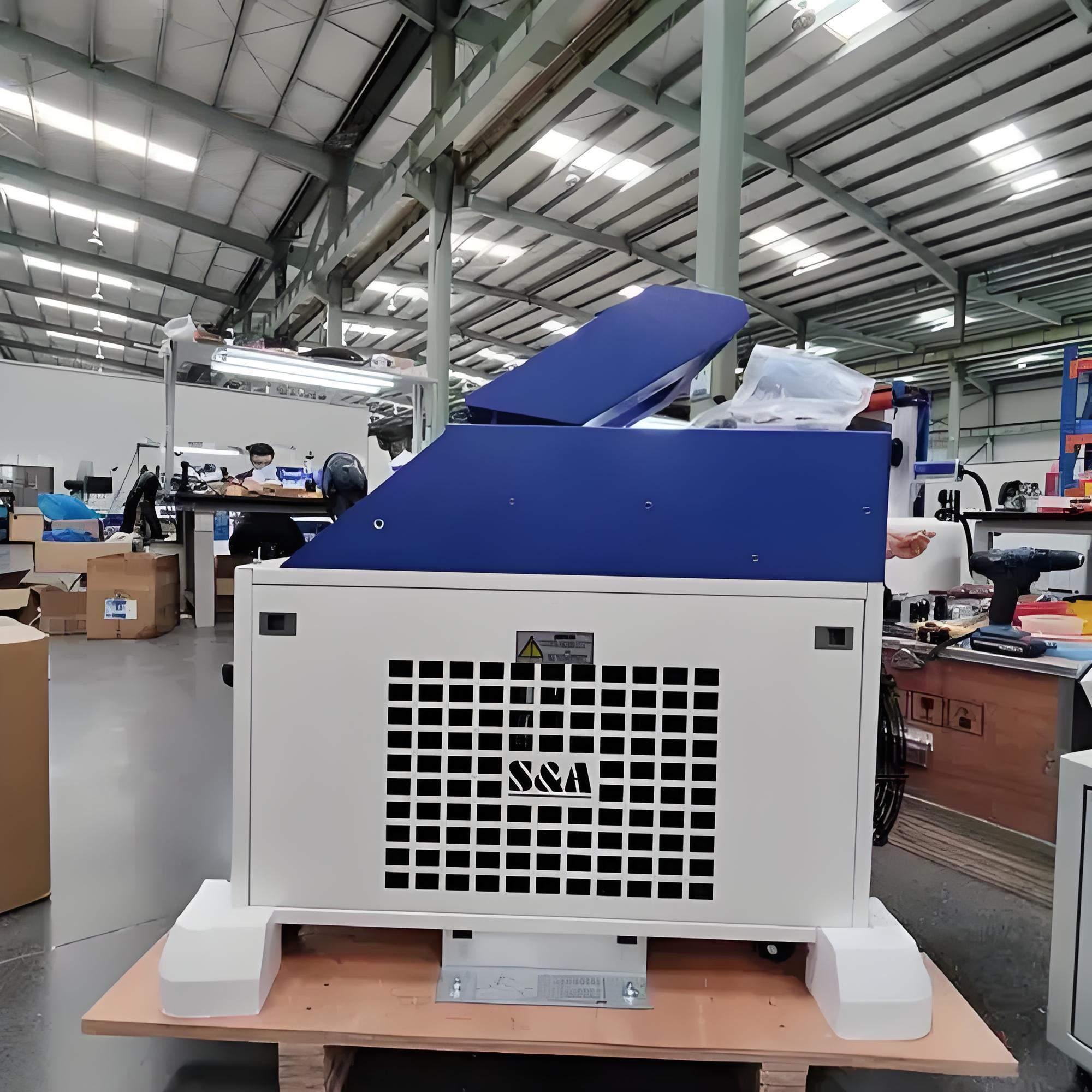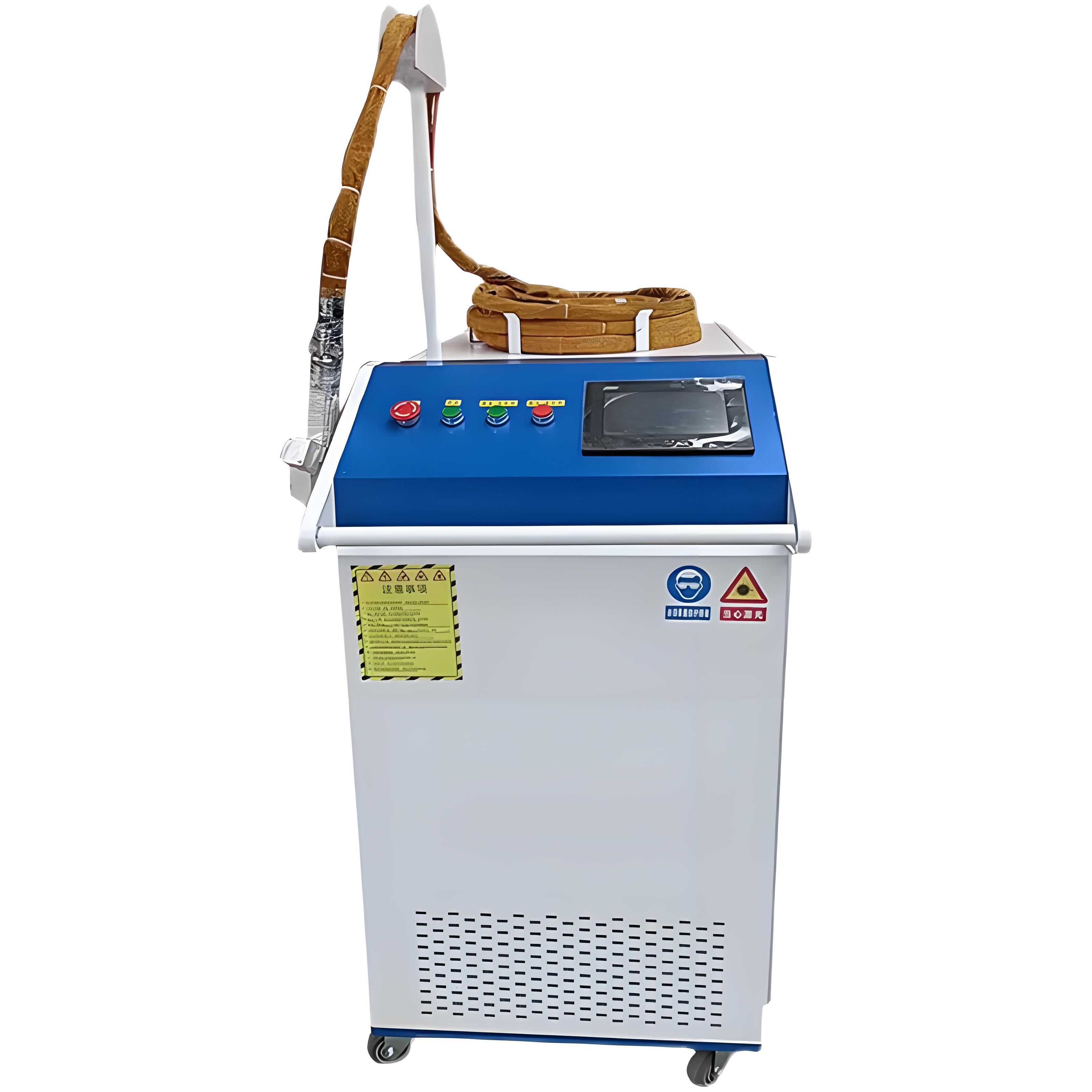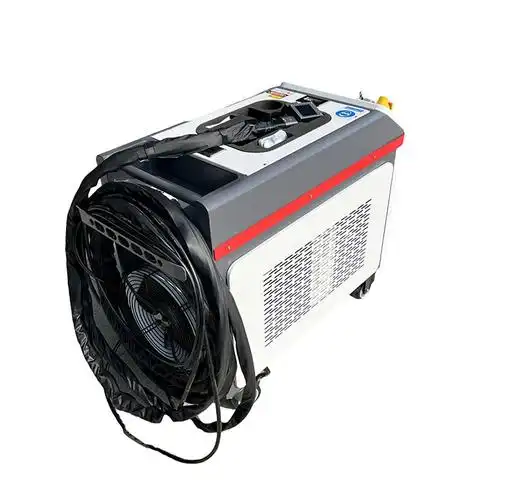As someone who’s been in the manufacturing and industrial cleaning industry for over a decade, I’ve seen firsthand how mold maintenance can make or break production quality. One technology that’s transformed the way we approach mold cleaning is laser cleaning. It’s precise, efficient, and environmentally friendly, making it a game-changer for industries like automotive, aerospace, and food production. In this article, I’ll dive deep into the working principle of laser mold cleaning, explain how it functions, and share practical insights to help you understand why it’s become a go-to solution for keeping molds in top shape.
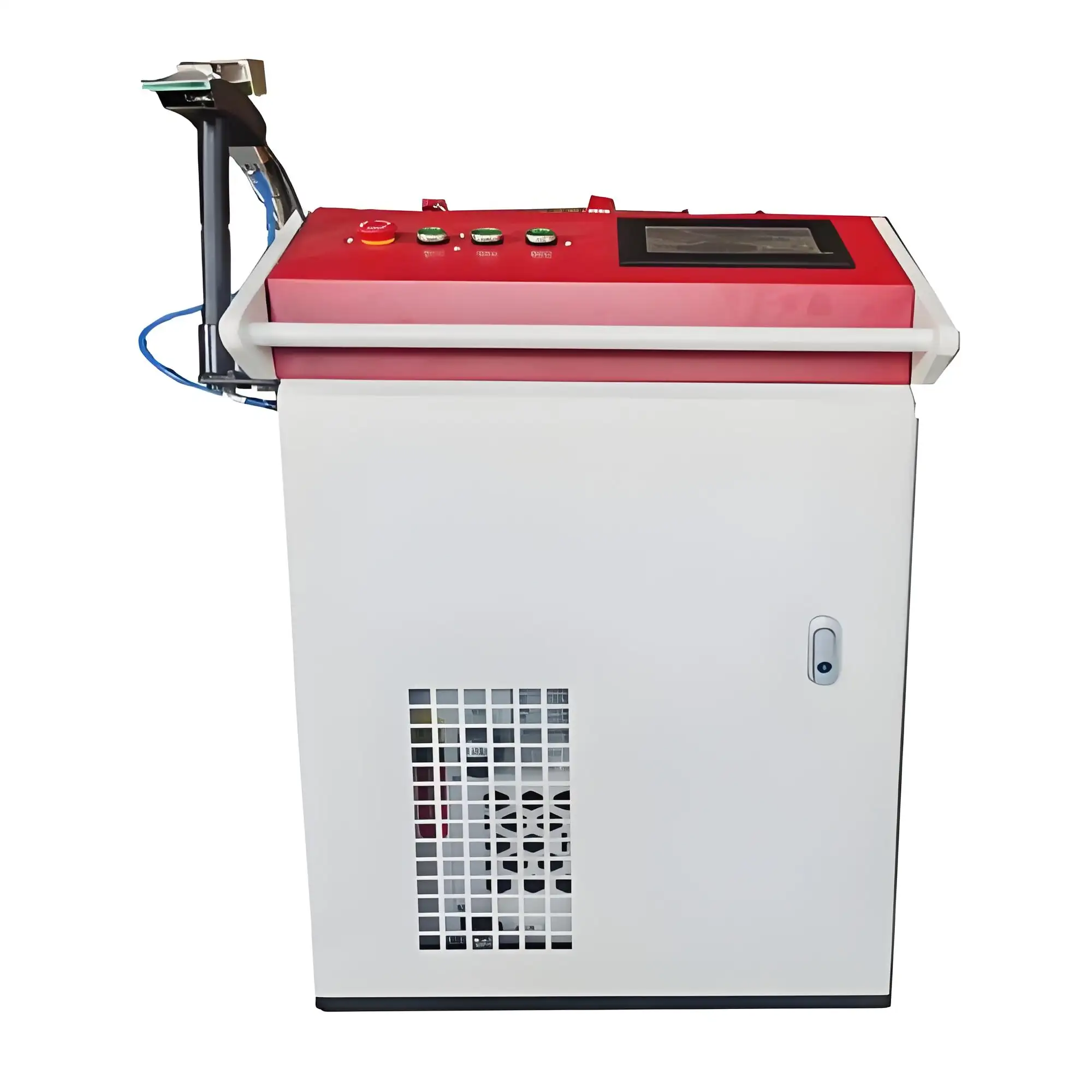
What Is Laser Mold Cleaning?
Let me start by painting a picture of why mold cleaning matters. Molds are the backbone of many manufacturing processes, shaping everything from car tires to plastic bottles. Over time, these molds accumulate contaminants like release agents, rubber residues, oxides, or grease. If not cleaned properly, these buildups can lead to defective products, longer production cycles, or even costly mold replacements. Traditional methods like sandblasting or chemical cleaning often fall short—either they’re too abrasive, damaging the mold’s surface, or they involve toxic chemicals that pose safety and environmental risks.
This is where laser mold cleaning shines. Unlike conventional methods, it uses focused laser beams to remove contaminants without harming the mold itself. It’s a non-contact, eco-friendly process that’s precise enough to clean intricate geometries while extending the lifespan of your molds. But how exactly does it work? Let’s break it down.
The Working Principle of Laser Mold Cleaning
At its core, laser mold cleaning relies on a process called laser ablation. This involves directing a high-energy laser beam at the mold’s surface to remove unwanted materials like dirt, rust, or release agents. Here’s a step-by-step explanation of how it happens:
Laser Beam Generation: The laser cleaning system generates a beam of concentrated light, typically using a fiber laser. These lasers produce short, high-energy pulses—sometimes thousands per second—that are precisely controlled for power, wavelength, and pulse duration.
Energy Absorption by Contaminants: When the laser beam hits the mold’s surface, the contaminants (like rubber residue or grease) absorb the laser’s energy. This energy causes the contaminants to heat up rapidly, often turning them into vapor or causing them to break apart into tiny particles.
Selective Ablation: Here’s the magic of laser cleaning: the mold’s base material (usually metal like steel or aluminum) has a higher ablation threshold than the contaminants. This means the laser is tuned to remove only the unwanted material without damaging the mold itself. The laser beam either vaporizes the contaminants or causes them to flake off as dust, which can be easily vacuumed away.
Non-Contact and Residue-Free: Since the laser doesn’t physically touch the mold, there’s no risk of mechanical wear or surface erosion. Plus, the process produces minimal waste—no chemical solvents, no abrasive media, just pure light doing the work.
Precision and Control: Modern laser systems allow operators to adjust parameters like beam intensity, pulse frequency, and scanning patterns. This makes it possible to clean complex mold geometries, including tiny crevices or high-gloss surfaces, without compromising the mold’s integrity.
To give you a clearer picture, imagine shining a flashlight on a dirty surface, but instead of light scattering, it zaps away the dirt in a controlled, precise manner. That’s essentially what laser cleaning does, but with far more sophistication.
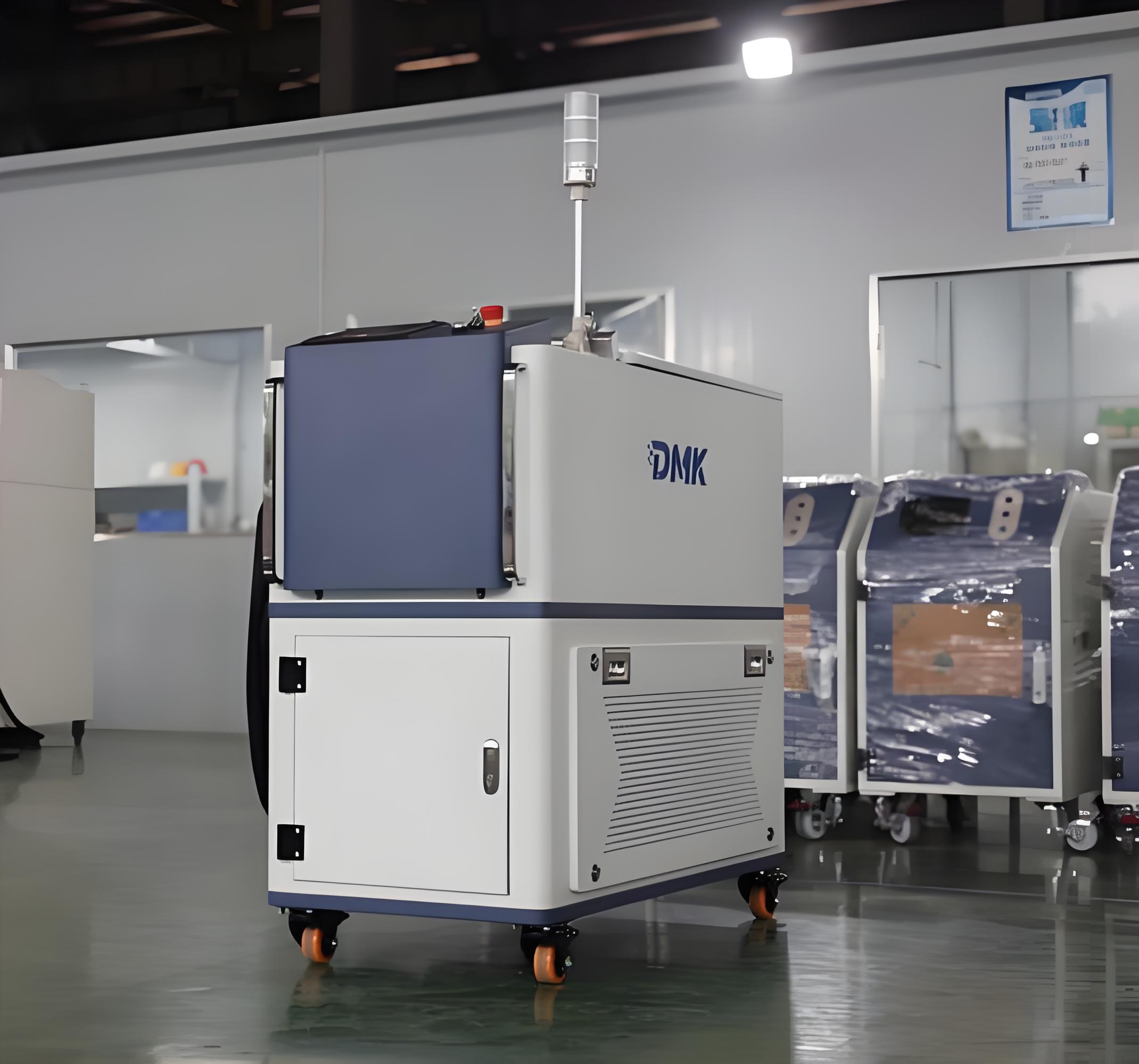
Why Laser Cleaning Stands Out
Having worked with various cleaning methods over the years, I can tell you that laser cleaning is a standout for several reasons. It’s not just about removing dirt—it’s about doing so in a way that’s safe, efficient, and sustainable. Here’s a quick comparison of laser cleaning versus traditional methods to highlight its advantages:
|
Cleaning Method |
Precision |
Environmental Impact |
Mold Damage Risk |
Operational Downtime |
|---|---|---|---|---|
|
Laser Cleaning |
High |
Minimal (no chemicals) |
None |
Low |
|
Sandblasting |
Low |
High (dust, waste) |
High |
Moderate |
|
Dry Ice Blasting |
Moderate |
Moderate (CO2 emissions) |
Low |
Moderate |
|
Chemical Cleaning |
Low |
High (toxic waste) |
Moderate |
High |
As you can see, laser cleaning excels in precision and environmental friendliness. It’s particularly valuable for industries where mold integrity is critical, like aerospace or food production, where even minor surface damage can lead to costly defects.
Applications of Laser Mold Cleaning
In my experience, laser cleaning is incredibly versatile. It’s used across various industries to clean different types of molds:
Tire Molds: In the automotive industry, tire molds accumulate rubber, silicone, and carbon black. Laser cleaning removes these without affecting the mold’s intricate patterns, ensuring consistent tire quality.
Injection Molds: Plastic injection molding relies on clean molds to produce precise components. Laser cleaning tackles resin buildup and release agents without damaging cooling channels or high-gloss finishes.
Food Molds: In food production, hygiene is paramount. Laser cleaning sterilizes molds used for baking or confectionery without introducing chemicals, meeting strict regulatory standards.
Aerospace Molds: Molds for composite parts, like those used in aircraft wings, require precision cleaning to maintain tight tolerances. Lasers handle this with ease, even on complex geometries.
I’ve seen factories reduce downtime significantly by integrating laser cleaning into their production lines. For example, some tire manufacturers can clean molds at operating temperatures, eliminating the need to cool and reheat the mold—a huge time-saver.
Practical Benefits I’ve Observed
Over the years, I’ve worked with clients who’ve switched to laser cleaning, and the feedback is consistently positive. Here are some real-world benefits I’ve seen:
Extended Mold Lifespan: By avoiding abrasive methods, laser cleaning prevents surface wear, meaning molds last longer before needing replacement.
Reduced Downtime: Cleaning can often be done in-place without disassembling the mold, saving hours of production time.
Eco-Friendly Operation: No chemicals or consumables mean less waste and lower disposal costs. This is a big win for companies aiming to meet sustainability goals.
Operator Safety: Unlike chemical cleaning, which requires heavy protective gear, laser cleaning only needs basic safety measures like protective eyewear and proper training.
I remember one client in the rubber industry who was struggling with sandblasting residue clogging their molds’ vent holes. After switching to a laser system, they not only improved cleaning quality but also cut maintenance time by half. Stories like these are why I’m so passionate about this technology.
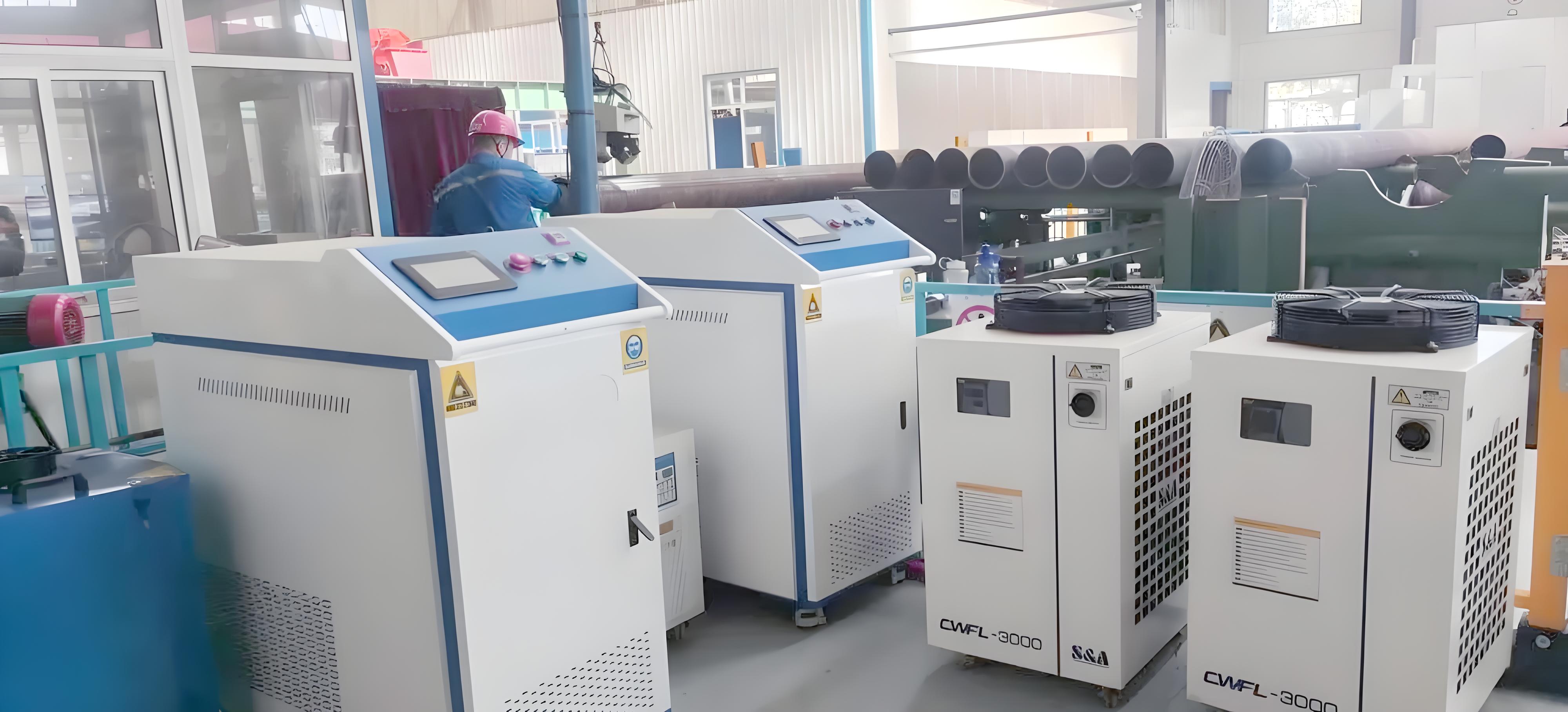
Challenges and Considerations
No technology is perfect, and laser cleaning is no exception. From my experience, there are a few things to keep in mind:
Initial Investment: Laser cleaning systems can be pricey upfront, especially for high-power models. However, the long-term savings in maintenance and downtime often justify the cost.
Training Requirements: Operators need proper training to handle laser systems safely and effectively. I always recommend investing in a comprehensive training program from the supplier.
Material Limitations: While lasers work wonders on metals like steel or aluminum, they’re less effective on certain plastics or molds with deep undercuts where the beam can’t reach.
If you’re considering laser cleaning, I’d suggest starting with a demo or consultation with a reputable supplier. They can test your molds in a lab setting to ensure the system meets your needs.
My Take on the Future of Laser Cleaning
Having seen the evolution of mold cleaning technologies, I believe laser cleaning is here to stay. Its precision, efficiency, and eco-friendly nature align perfectly with the demands of modern manufacturing. As laser systems become more affordable and automated, I expect to see them integrated into more production lines, especially in industries with strict quality and environmental standards.
I’ve also noticed a growing trend toward automated laser cleaning systems. These use robotic arms or gantry systems to clean molds with minimal human intervention, boosting consistency and throughput. For high-volume operations, this is a game-changer.
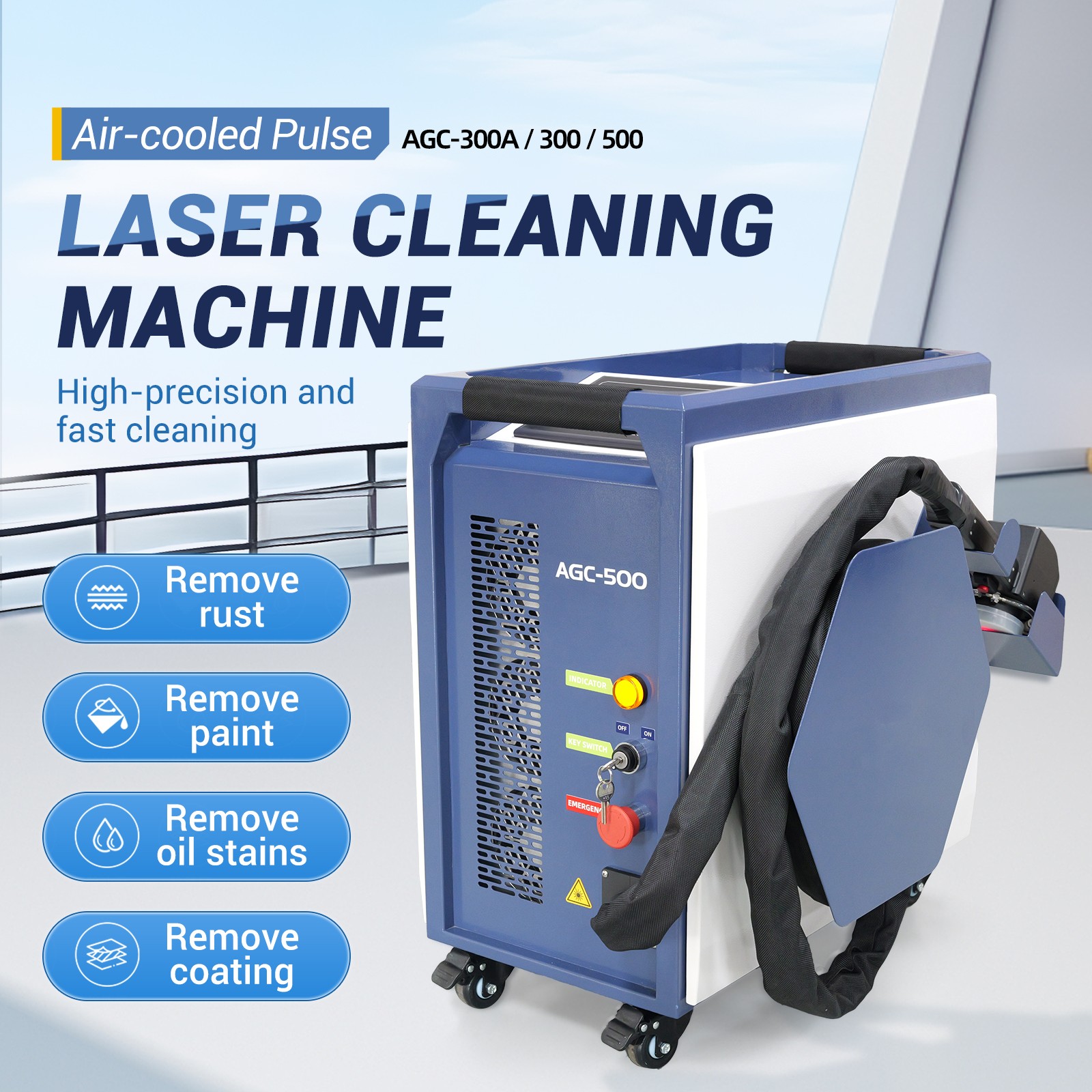
Wrapping Up
Laser mold cleaning isn’t just a fancy gadget—it’s a practical solution that’s transforming how industries maintain their molds. By using laser ablation to remove contaminants without damaging the mold, it offers unmatched precision, safety, and sustainability. Whether you’re dealing with tire molds, injection molds, or food-grade molds, this technology can save time, reduce costs, and improve product quality. If you’re tired of dealing with the mess and risks of traditional cleaning methods, I highly recommend exploring laser cleaning. It’s an investment that pays off in the long run.
Related Questions and Answers
Q: Can laser cleaning damage my molds?
A: When properly tuned, laser cleaning is non-abrasive and won’t damage metal molds like steel or aluminum. The key is to use the right laser parameters, which is why training and testing are essential.
Q: How long does it take to clean a mold with a laser?
A: It depends on the mold size and contamination level, but laser cleaning is typically faster than traditional methods. For example, a tire mold might take a few hours compared to eight hours with sandblasting.
Q: Is laser cleaning safe for food-grade molds?
A: Absolutely. Laser cleaning is chemical-free and can sterilize molds, making it ideal for food production where hygiene is critical.
Q: What’s the cost of a laser cleaning system?
A: Prices vary widely based on power and features, ranging from $10,000 for portable units to over $100,000 for automated systems. Contact suppliers like Adapt Laser or Laser Photonics for quotes tailored to your needs.
Q: Can laser cleaning remove all types of contaminants?
A: It’s highly effective for most contaminants like rust, grease, release agents, and rubber residues. However, it may struggle with transparent coatings or deep undercuts where the laser can’t reach.
If you have more questions or want to dive deeper into laser cleaning, feel free to reach out to industry experts or suppliers for a hands-on demo. It’s a technology worth exploring for anyone serious about mold maintenance.

